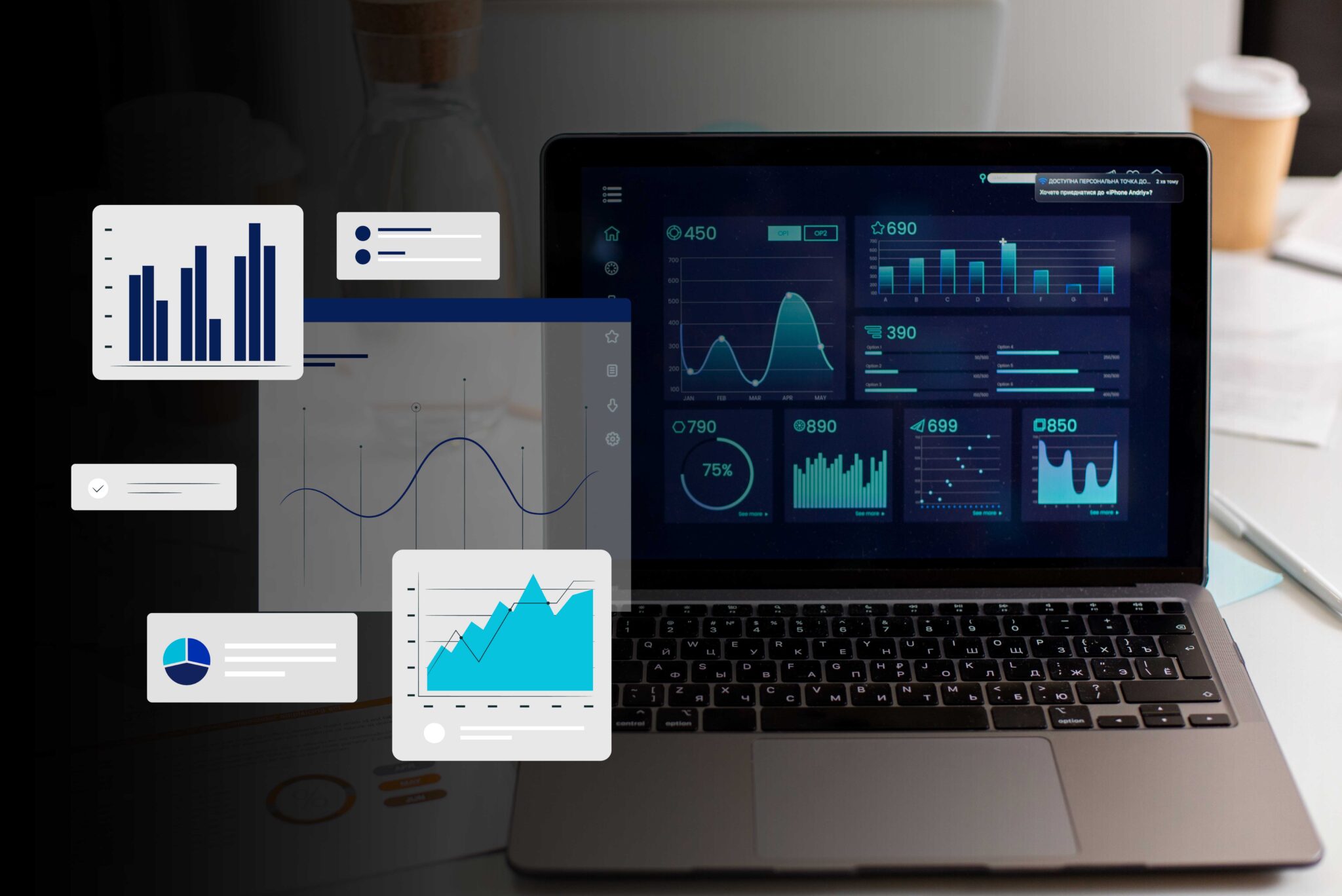E-commerce Analytics

Our E-commerce Services
Complere Infosystem provides the opportunities it presents—enhanced decision-making capabilities, improved customer experiences, and the ability to innovate more rapidly—make it a worthwhile endeavor for any data-driven organization.
We have over 200 data experts onboard and over 30 data projects in our portfolio.
Data Collection and Integration
We gather data from diverse sources, including websites, mobile apps, and social media. By integrating this data into a centralized system, businesses gain a holistic view for analysis.
Customer Behavior Analysis
Understanding user interactions is crucial. E-commerce analytics firms delve into behavior during the purchasing process, checkout, and site navigation. Metrics like click-through rates, bounce rates, and conversion paths provide actionable insights.
Conversion Rate Optimization (CRO):
Enhancing conversion rates is a priority. Companies identify bottlenecks in the sales funnel and recommend improvements. Techniques like A/B testing and user flow analysis play a pivotal role.
User Experience Enhancement
Creating an engaging and seamless user experience is paramount. E-commerce analytics experts analyze user journeys, identify pain points, and suggest improvements. Personalization, intuitive navigation, and responsive design contribute to a positive user experience
Marketing Effectiveness
Evaluating the impact of marketing campaigns is essential. Metrics such as return on ad spend (ROAS) and click-through rates are closely monitored. Recommendations may involve adjusting ad budgets and refining messaging.
Functional Testing
How can you benefit from E-commerce Analytics?
Data-Driven Product Development
- By analyzing customer behavior and preferences, e-commerce analytics guides product development. Businesses can tailor offerings based on real-time insights, ensuring relevance and customer satisfaction.
Good Inventory Management
- E-commerce analytics optimizes inventory levels. Companies can track stock movement, predict demand, and prevent overstock or stockouts. Efficient inventory management reduces costs and enhances customer experience.
Cross-Sell and Up-Sell Opportunities
- Understanding user behavior allows businesses to recommend complementary products. Cross-selling and up-selling increase average order value and customer lifetime value.
Gathering User Behavior Data
- E-commerce analytics provides granular insights into how shoppers interact with websites. It uncovers pain points, identifies drop-off stages, and highlights areas for improvement

How it Works
01. Data Tracking and Collection
-
Traffic Sources: Identify where visitors come from (e.g., search engines, social media, direct links) to allocate marketing resources effectively.
-
Conversion Rates: Measure the percentage of visitors who complete desired actions (e.g., making a purchase), guiding website and campaign optimizations.
-
Cart Abandonment Rates: Highlight the percentage of shoppers who add items to their cart but exit without completing the purchase, pinpointing areas for checkout process improvement.
03. Consumer Behavior Analysis
-
User Journey Mapping: Understand how customers move from initial interest to final purchase, analyzing touch points and pain points.
-
Segmentation: Group customers based on demographics, behavior, or preferences to tailor marketing efforts.
-
Heatmaps and Clickstream Analysis: Visualize user interactions on your website, identifying popular areas and drop-off points
02. Metrics and KPIs
-
Average Order Value (AOV): Track the average dollar amount spent per order, informing pricing and upselling strategies.
-
Customer Lifetime Value (CLV): Estimate total revenue from a single customer account, emphasizing the importance of customer retention.
-
Inventory Management: Monitor stock levels, reorder points, and turnover rates to optimize inventory.
04. Decision-Making and Optimization
-
Marketing Spend Allocation: Use insights to allocate budgets effectively across channels (e.g., paid ads, email campaigns).
-
Campaign Performance Evaluation: Continuously assess marketing initiatives’ impact on revenue.
-
Competitor Benchmarking: Compare your metrics with industry benchmarks to stay competitive.
01. Strategy
- Clarification of the stakeholders’ vision and objectives
- Reviewing the environment and existing systems
- Measuring current capability and scalability
- Creating a risk management framework.
02. Discovery phase
- Defining client’s business needs
- Analysis of existing reports and ML models
- Review and documentation of existing data sources, and existing data connectors
- Estimation of the budget for the project and team composition.
- Data quality analysis
- Detailed analysis of metrics
- Logical design of data warehouse
- Logical design of ETL architecture
- Proposing several solutions with different tech stacks
- Building a prototype.
03. Development
- Physical design of databases and schemas
- Integration of data sources
- Development of ETL routines
- Data profiling
- Loading historical data into data warehouse
- Implementing data quality checks
- Data automation tuning
- Achieving DWH stability.
04. Ongoing support
- Fixing issues within the SLA
- Lowering storage and processing costs
- Small enhancement
- Supervision of systems
- Ongoing cost optimization
- Product support and fault elimination.
Why E-Commerce Analytics Matters?

Understanding Customer Behavior
E-Commerce analytics allows businesses to understand how customers interact with their online store, from the products they view to their purchase decisions.

Optimizing Sales Funnel
Analyzing the sales funnel helps in identifying bottlenecks and optimizing the customer journey to increase conversions.

Personalizing User Experience
Through analytics, businesses can tailor the online experience for each customer, suggesting products and offers that align with their preferences.

Inventory Management and Demand Forecasting
Accurate analysis helps in managing inventory effectively by predicting demand, reducing overstock, and ensuring product availability.
Key Components of E-Commerce Analytics
Customer Analytics
Understanding customer behavior, preferences, and demographics to personalize marketing efforts and improve customer satisfaction.
Sales and Conversion Analytics
Website and User Experience Analytics




























